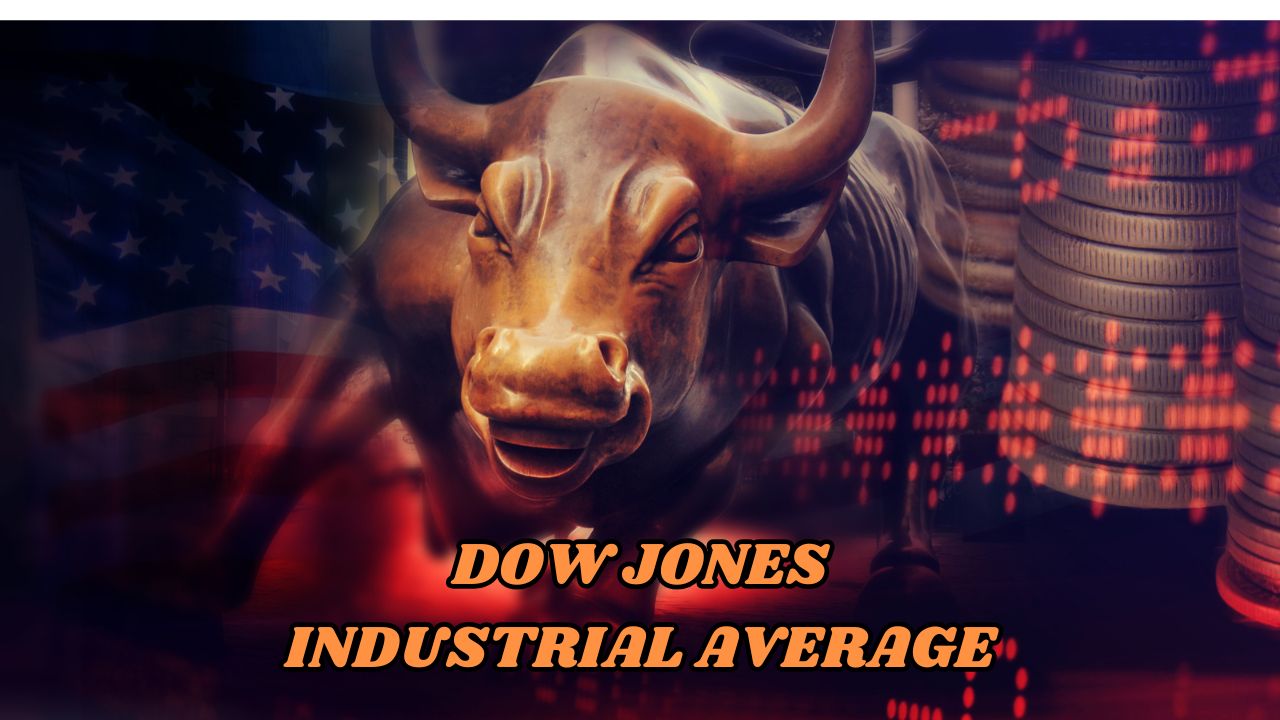Physical Address
304 North Cardinal St.
Dorchester Center, MA 02124
Physical Address
304 North Cardinal St.
Dorchester Center, MA 02124

You’ve probably heard about the Dow Jones Industrial Average on the news or read about it in financial articles. What is the Dow Jones Industrial Average, often referred to simply as the Dow and why does it matter? Read on and you’ll have a clear understanding of the Dow’s significance, how it’s calculated, and why it plays such a pivotal role in the financial world.
What is the Dow Jones Industrial Average?
The Dow Jones Industrial Average (DJIA) is one of the most well-known stock market indices in the world. Created by Charles Dow and Edward Jones in 1896, it serves as a barometer of the overall health of the U.S. stock market and, by extension, the U.S. economy.
Historical Background
Originally, the Dow consisted of just 12 companies, primarily in the industrial sector—hence the name. Over time, the index has evolved and now includes 30 significant publicly traded companies across various industries, not just industrial.
Purpose of the Dow
The primary purpose of the Dow is to provide a clear snapshot of the market’s performance. It does this by tracking the stock prices of 30 large, publicly-owned companies in the United States. When people refer to the stock market being “up” or “down,” they are often talking about the movement of the Dow.
How is the Dow Calculated?
Unlike some other indices that use a market-capitalization-weighted calculation, the Dow uses a price-weighted formula. This means the index is calculated by adding the prices of all 30 stocks and then dividing by a divisor. The divisor is adjusted periodically to account for stock splits, dividends, and other factors that might distort the index’s accuracy.
The Divisor
The divisor is a critical component that ensures the Dow maintains consistency over time. Without this adjustment, events like stock splits would cause significant, and misleading, changes in the average. As of recent updates, the divisor is a number less than one, meaning the sum of the stock prices is divided by a fractional value to get the average.
Simple Explanation
Imagine you have a basket containing 30 apples, each with different prices. To find the “average” price of the apples, you’d add up the cost of all apples and then divide by a special number (the divisor) that takes into account any price changes or new apples added to the basket over time. This gives you a more accurate representation of the basket’s overall value.
Components of the Dow
The Dow’s 30 components are chosen to represent a diverse cross-section of the American economy. These companies are leaders in their respective industries and have substantial influence on the stock market. Some of the big names include Apple, Microsoft, Boeing, and Coca-Cola.
Criteria for Inclusion
Review and Changes
The list of companies in the Dow isn’t static. The index committee reviews the components periodically and may replace companies that no longer meet the criteria with those that do. This helps ensure that the Dow remains a reliable gauge of U.S. economic health.
Significance of the Dow
The Dow is often seen as a gauge of the U.S. economy’s health. A rising Dow generally suggests that investors are confident about the future of the economy. Conversely, a falling Dow can indicate economic trouble. However, it’s crucial to note that the Dow only includes 30 stocks, so it doesn’t capture the entire market’s performance.
Economic Indicator
Criticisms
Despite its prominence, the Dow has faced criticism for several reasons:
Conclusion
In summary, the Dow Jones Industrial Average is a vital indicator of the stock market and economic health in the United States. By tracking the performance of 30 prominent companies, it provides insights into investor sentiment and economic conditions. However, while the Dow plays a significant role, it’s also essential to consider other indices like the S&P 500 and the Nasdaq Composite for a more comprehensive view of the market.
I hope this has demystified the Dow Jones Industrial Average for you. If you have any questions or topics you’d like me to cover, leave a comment below.
Until next time, keep things simple and keep thriving!
What other financial terms or indices would you like to learn about? Let me know in the comments!